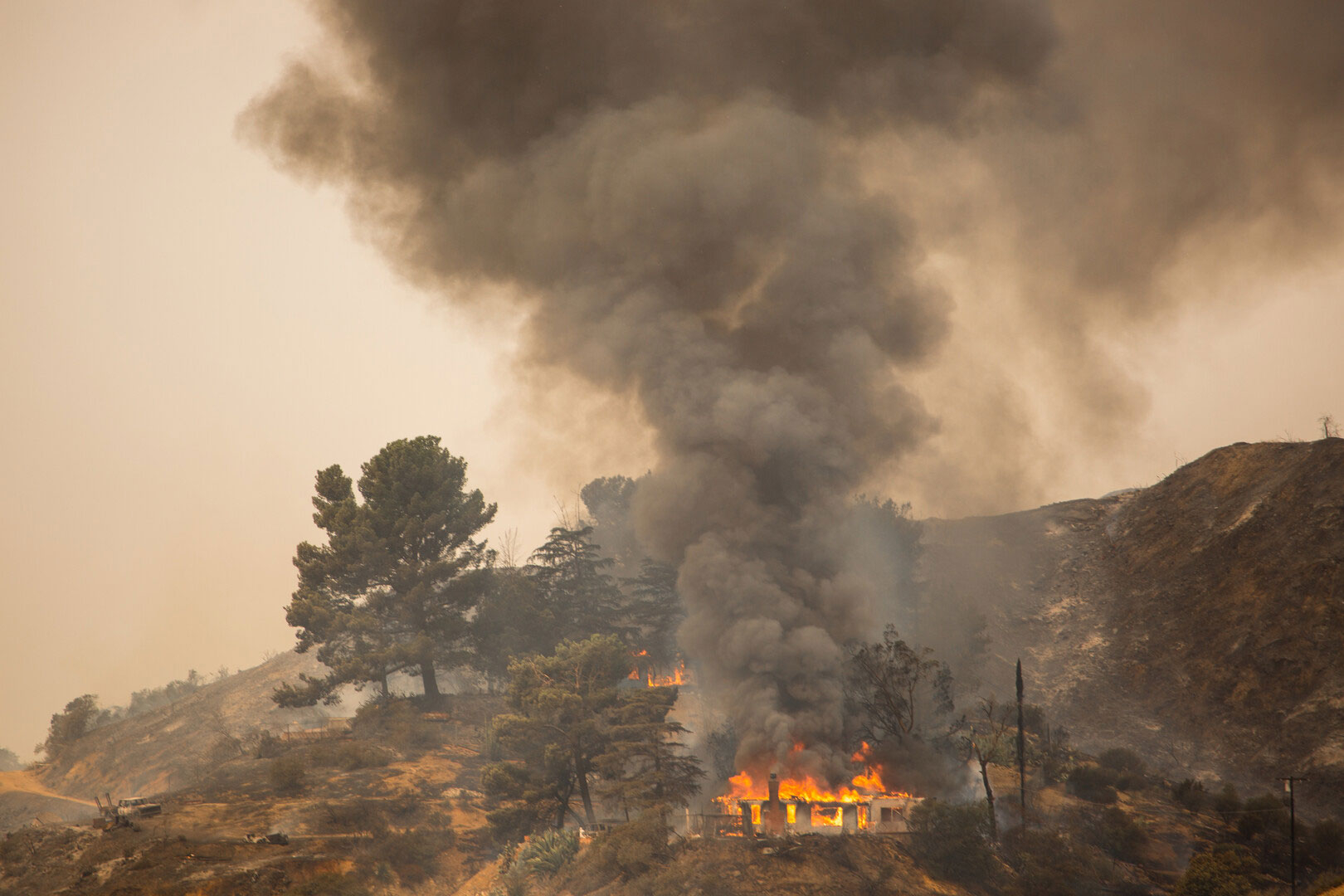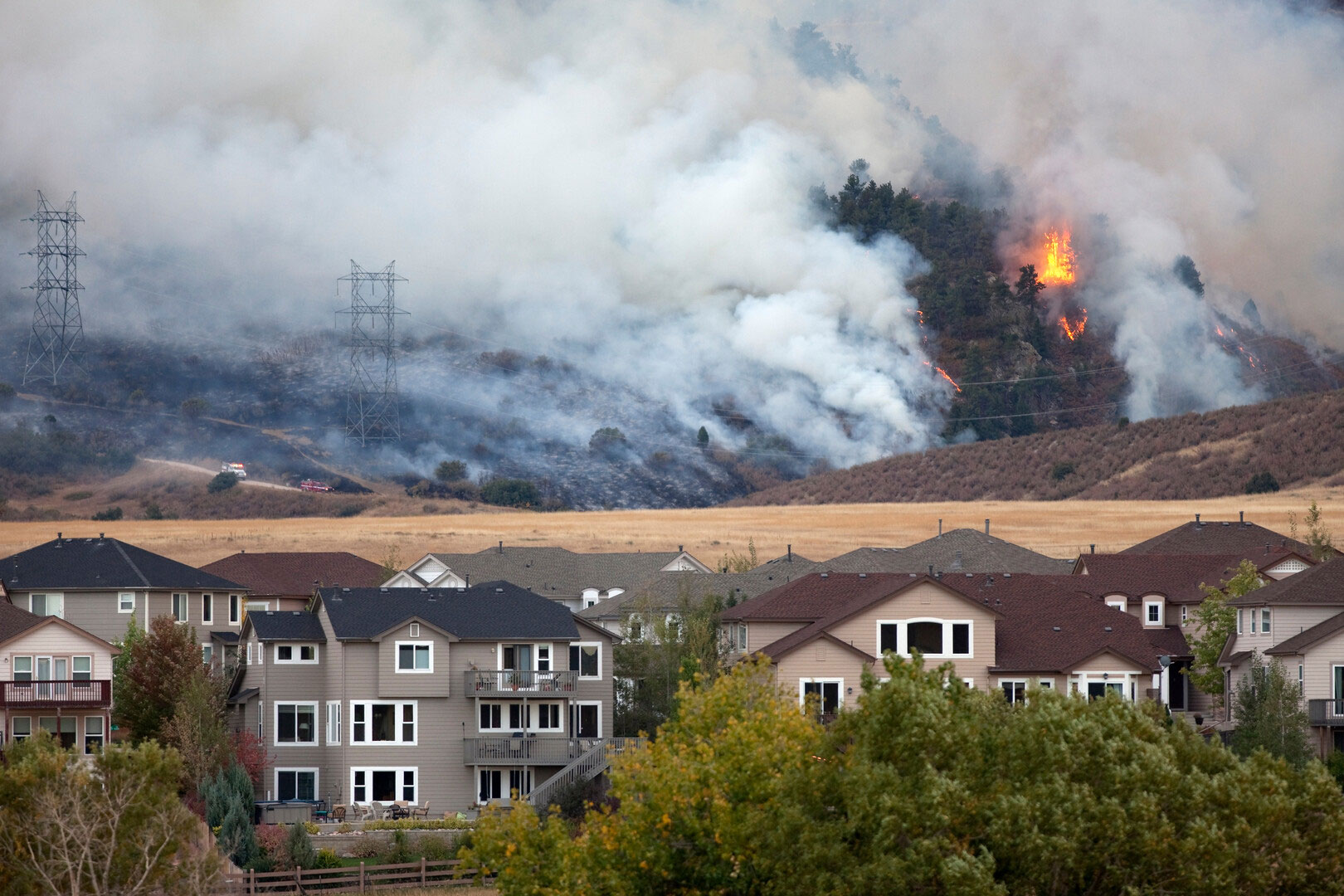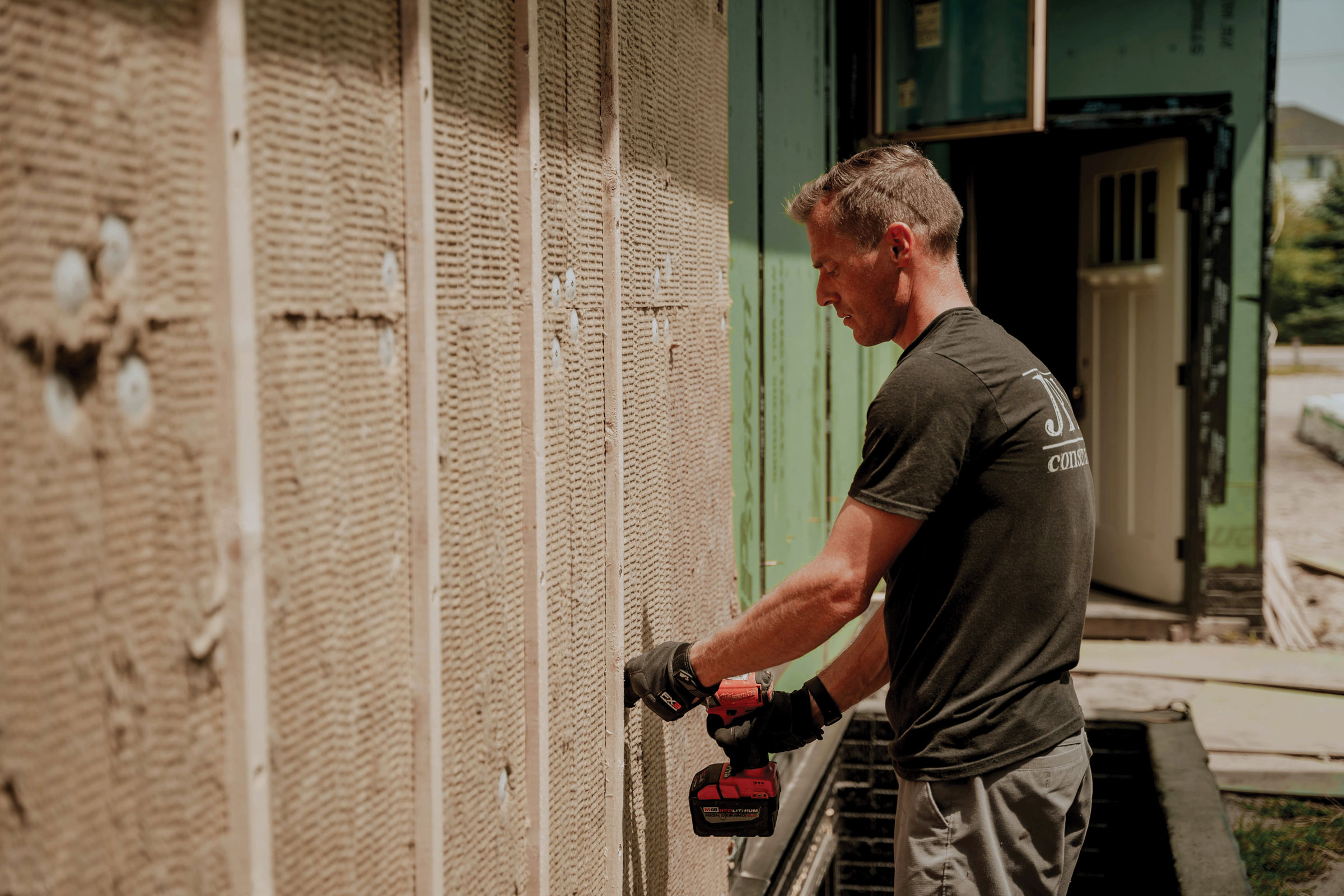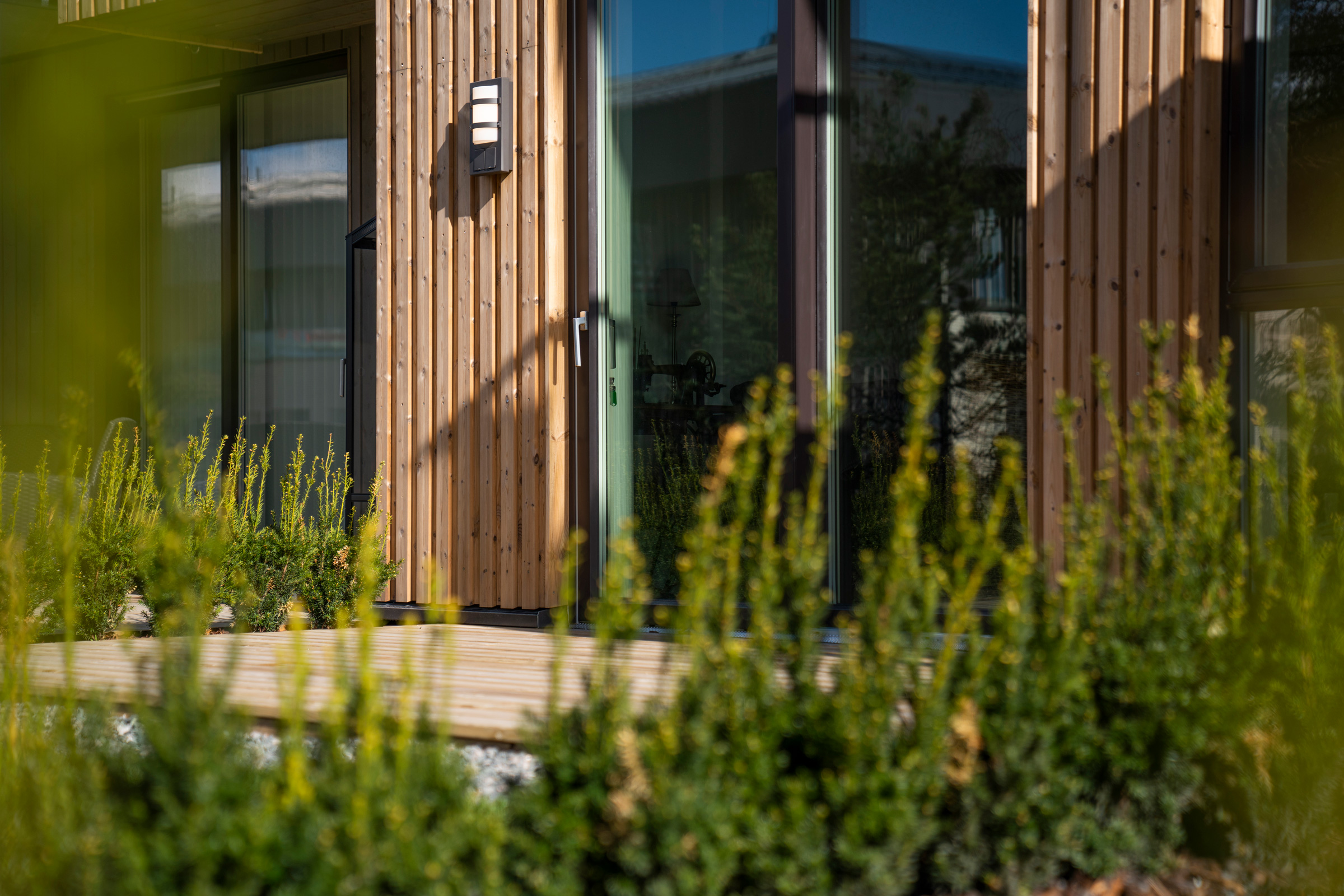Story at a glance:
- The California Fire Code is one of the strictest fire codes in the nation and is heavily based on the International Fire Code.
- Thanks to California’s robust economy, changes to the state’s building and fire codes can have far-reaching implications within the construction industry.
- In recent years,the California Fire Code has influenced a growing demand for Class A fire-resistant construction materials.
Fire codes are some of the most important building-related codes in the world and dictate the rules and standards for fire safety and prevention in the built environment. More than just legal documents, fire codes help safeguard the public and prevent undue loss of life.
Like building codes, fire codes heavily influence construction and often spur innovation in architectural design. The International Fire Code is the most well-known fire code in the nation, but it isn’t the only one capable of changing the construction sector. The California Fire Code has also had a hand in affecting change throughout the years.
While by no means exhaustive, this article attempts to detail some of the ways in which the California Fire Code has prompted change within the construction industry over the last several decades.
What is the California Fire Code?

Thanks to the state’s ever-increasing wildfire season, California has one of the most comprehensive fire codes in the nation. Photo courtesy of ROCKWOOL North America
The California Fire Code (CFC) is an extensive set of code requirements dealing with fire safety and prevention in the state of California, specifically as it pertains to construction and the built environment.
The current California Fire Code 2022 went into effect on January 1, 2023 and is based on the International Code Council’s International Fire Code 2021 but also contains state-specific amendments and additions. It references and is heavily intertwined with the requirements set forth in the California Building Code 2022, which contains further guidelines relating to the specifics of fire-resistant construction and materials.
Like most fire codes the CFC utilizes both the American Society for Testing and Materials’ (ASTM) and the National Fire Protection Association’s (NFPA) fire safety standards.
How is California Fire Code Changing Construction?
Generally speaking state-level building and fire codes do not have the same impact on the construction industry as, say, federal or international codes, as they only dictate building requirements within their states’ borders.
But as the fifth largest economy in the world, California is more than capable of influencing industries through changes in its public policy—and seeing as the Golden State boasts one of the most comprehensive and stringent fire codes in the nation, it should come as no surprise that the CFC has a tangible impact on the construction industry, both along the West Coast and throughout the US at large.
Building Materials

The main way California Fire Code is changing the construction industry as a whole is by stimulating the market for high-quality fire-resistant building materials. Photo courtesy of ROCKWOOL North America
Between the state’s susceptibility to earthquakes—which themselves can trigger fires—and an ever-lengthening wildfire season, California has long placed an importance on specifying building materials with a high fire resistance rating. Short of fire prevention strategies, the proliferation of fire-resistant materials throughout a building’s interior and exterior is the single most effective means of slowing the spread of fires and preventing fire damage.
California’s Office of the State Fire Marshal (OSFM) manages the Building Materials Listing Program—an online database that includes many materials, likr roof coverings, fire resistive wall and ceiling-floor assemblies, wall finish materials, fire and non-fire related hardware, insulating products, fire doors, fire dampers, and electrical appliances and devices. Product manufacturers are required to pass rigorous testing conducted through laboratories accredited by the State Fire Marshal in order for their products to be added to the program.
Ensuring a product or products make it onto this list is onr way for building material/systems suppliers to guarantee continued business in California, which in turn incentivizes the research and development of better fire-resistant products across the construction industry as a whole.
Coatings

The ALX base coat mixture from Westcoat provides the bulk of the fire resistance when applied to a plywood surface. “It’s a very durable waterproof mixture that is troweled in,” says Todd Cook, product manager at Westcoat. Photo courtesy of Westcoat
Coatings play an important role in protecting a building from the elements and adverse weather conditions, but they also have an impact on how a material burns or how fast a fire spreads. Westcoat, for example, is a leading specialty coatings manufacturer based in California and offers a range of products designed to withstand all manner of weather conditions. Their ALX premier waterproofing system is specifically designed for plywood substrates and consists of a fire-rated metal lath and polymer-modified cementitious application sealed with an acrylic topcoat.
“The ALX system is really popular not only in California but everywhere nationwide because it offers a Class A and a one-hour fire rating. That is in accordance with ASTM E108 and ASTM E119,” Todd Cook, product manager for Westcoat, told gb&d in a previous interview.
“It also meets the Wildland-Urban Interface requirements, which are very important when it comes to fire preparedness,” Cook says. “That’s becoming more of a requirement in certain areas, especially in California, but of course with the fires in Canada, it’s definitely becoming more critical to have these additional fire tests.”
Roofing

Class A rated roofing systems—like those that utilize terra-cotta tile—offer the best fire protection, especially in wildfire-prone areas. Photo courtesy of Ludowici
While the CFC does permit the use of combustible roofing products like wood shakes and shingles—provided they feature a sufficient fire-retardant treatment—these products alone cannot achieve higher than a Class B fire rating under ASTM D2898 and must be installed over a Class A fire-resistant underlayment. This can help protect the structure itself, but the wood shakes themselves can still aid in spreading a fire to adjacent structures.
“Many non-fire-resistant roofing products—like wood shakes, cedar shakes, synthetics, or shingles—require expensive treatments that often have a short lifespan to meet fire codes,” Rob Wehr, vice president of business development and national accounts at Ludowici, wrote in a previous gb&dPRO article. “And once having caught fire, they peel off and are lifted downwind continuing to fuel further devastation.”
Concrete, slate, and terra-cotta tiles, on the other hand, are all Class A non-combustible materials (tested in accordance with ASTM E108 or UL 790) that greatly reduce the speed at which a fire burns and spreads. Ludowici—a leading manufacturer of terra-cotta products—offers a range of Class A fire-rated terra-cotta roof tiles and underlayments, helping to fight building fires from the top down. In addition to being fire-resistant, clay tiles are also an incredibly durable, long-lasting, and sustainable option. Tile roofs are also much better insulators than conventional asphalt shingles roofs, helping buildings comply with California’s rigorous Title 24 requirements.
Insulation

Mineral wool is a naturally non-combustible insulation material that can help projects meet California’s rigorous energy efficiency and fire codes. The market for mineral wool insulation is expected to expand considerably over the next decade. Photo courtesy of ROCKWOOL North America
As California continues to improve upon its energy efficiency requirements, architects are faced with the ever-increasing challenge of balancing efficiency with fire safety standards, especially when it comes to insulation. As one of the single-most effective means of preventing heat from flowing into or out of a building, insulation is an absolute necessity—but many types of insulation, including cellulose fiber and plastic foam—are highly combustible.
This has led to a growing demand for highly-efficient, sustainable, and fire resistant insulation nationwide—and no insulation checks those boxes better than mineral wool insulation. A naturally non-combustible material, stone wool insulation is capable of withstanding temperatures up to 2,150°F.
“It limits the spread of fire, slows the transfer of heat across the wall assembly, and will not contribute to smoke development with added design flexibility for ASTM E2707 or NFPA 285 assemblies including unlimited insulation thickness to meet increasingly stringent thermal requirements,” Brendan Knapman, head of product management for ROCKWOOL, previously wrote for gb&dPRO.
ROCKWOOL is a leading international manufacturer of stone wool insulation solutions, one that has taken careful measures to develop products that comply with CFC requirements. They were the first insulation provider to make it onto the OSFM Building Materials Listing Program and currently offer eight stone wool insulation products that have been independently tested in accordance with ASTM E84 for flame spread and smoke development and ASTM E136 for non-combustibility.
According to research by Mordor Intelligence, the mineral wool market is expected to reach $18.46 billion in 2024 and grow at a CAGR of 6.23% to reach $24.97 billion by 2029.
Thermally Modified Wood

California’s OSFM Building Materials Listing Program has recently expanded, approving the use of certain thermally modified wood products even in WUI areas. Photo courtesy of Thermory USA
Though it may seem counterintuitive to suggest that wood and timber products might be able to play a part in reducing fire damage, the CFC has recognized thermally modified wood as a potentially viable fire-resistant construction material. Thermally modified wood is a sustainable alternative to traditional lumber that has undergone a thermal treatment process in an oxygen-free environment. The treatment changes the wood at a cellular level, improving both its durability and fire-resistance by removing moisture and volatile organic compounds that would otherwise increase its susceptibility to ignition.
Companies like Thermory USA and Arbor Wood Co.—neither of which are based in California—for example, both have WUI-area approved decking products on the OSFM Building Materials Listing Program with a Class B Flame Spread rating, as tested under ASTM E84 and/or SFM 12-7A-4A.
Thermally modified wood, while popular in Europe, is still relatively new in North America and has yet to enter the mainstream construction market. By approving the use of certain thermally modified wood products even in high-risk WUI areas, however, California has opened the door for the material to become much more commonplace, which can in turn help facilitate the future construction of more sustainable building stock throughout the nation as a whole.



